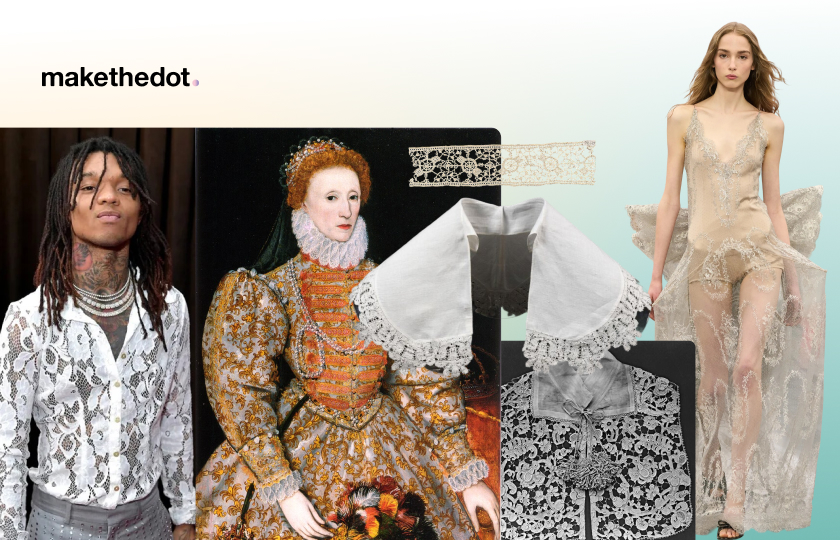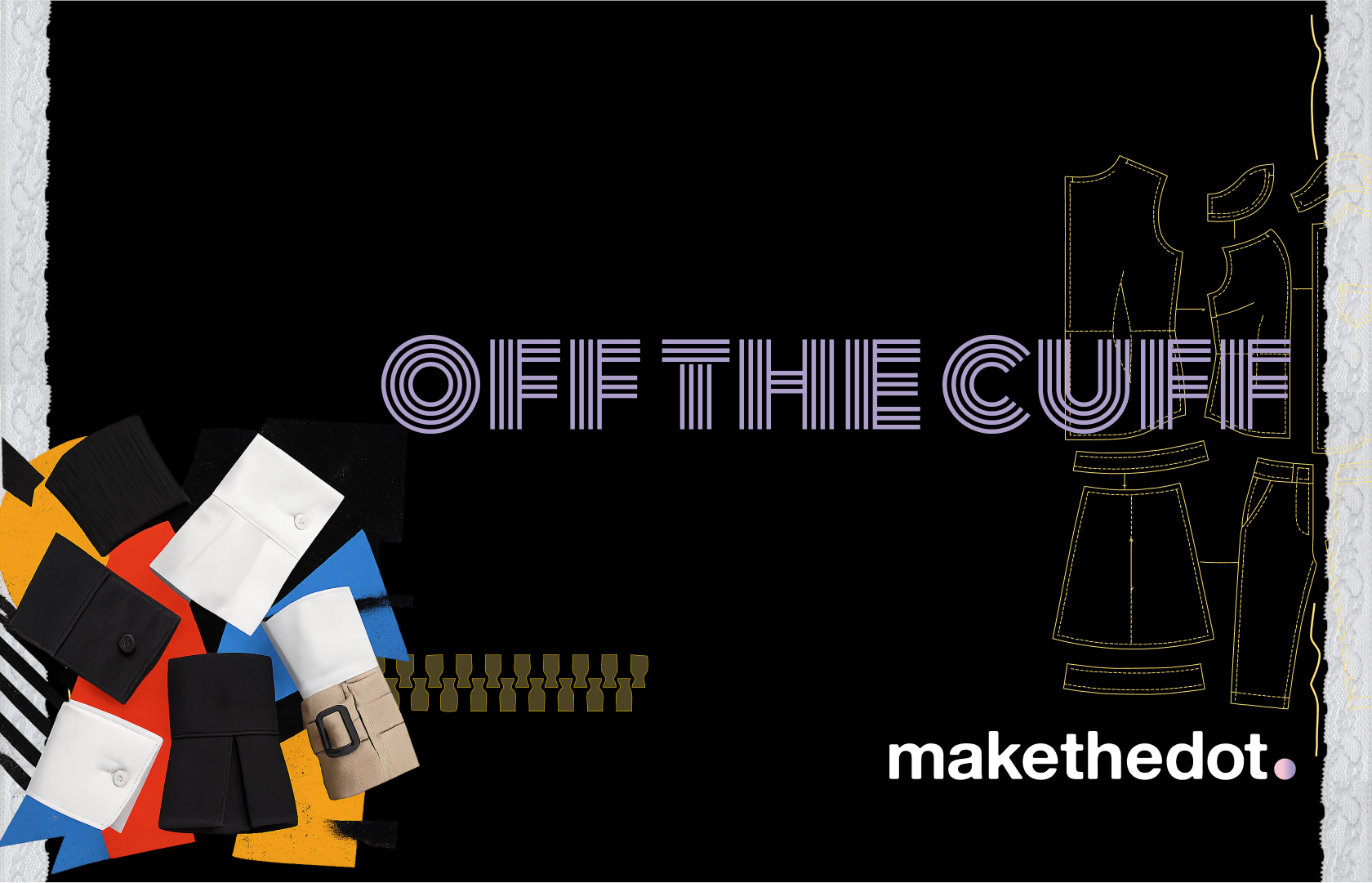Denim jeans have outlasted every fashion trend of the past 150 years, evolving from reinforced work pants for California gold miners into a garment worn by nearly everyone for nearly every occasion. Few items of clothing carry the same cultural weight. Jeans have symbolised rebellion, democracy, luxury and authenticity, often simultaneously.
This transformation did not happen by accident. The journey from Mediterranean workshops to global runways involved innovations in fabric construction, strategic patents, Hollywood iconography, counter-culture movements and manufacturing breakthroughs that continue reshaping how denim is designed, produced and worn today.

https://www.vogue.com/fashion-shows/spring-2026-ready-to-wear/torisheju/slideshow/collection#3
What Makes Denim Unique As A Fabric
Denim stands apart from other fabrics because of its twill weave construction, in which the weft thread passes under two or more warp threads to create a diagonal ribbing pattern. Plain-weave fabrics tear more easily under stress and this weaving method produces a fabric that is both durable and flexible.
The fabric gets its signature blue colour by applying indigo dye only to the warp threads while the weft threads remain white. This two-toned appearance fades beautifully over time as the surface indigo rubs away to reveal the white core underneath.
Twill Weave Structure
The diagonal pattern in denim isn't just for looks—it distributes tension across the fabric and does not concentrate stress along straight lines.
The twill weave also allows denim to drape naturally while holding its shape, which explains why jeans can be both comfortable and structured at the same time.
Natural And Synthetic Indigo Dye
Indigo dye works differently than most colors, and it bonds to the surface of cotton fibers rather than soaking all the way through. This surface bonding creates the fading patterns denim develops with wear—the indigo gradually rubs off to reveal the white core underneath.
Originally, indigo came from the indigofera tinctoria plant grown in India, where it was expensive and heavily taxed during the Greco-Roman era. German chemist Adolf von Baeyer changed everything in 1897 when he created synthetic indigo, making the dye consistent, affordable, and widely available, with the industry now consuming 50,000 tons annually for denim production.
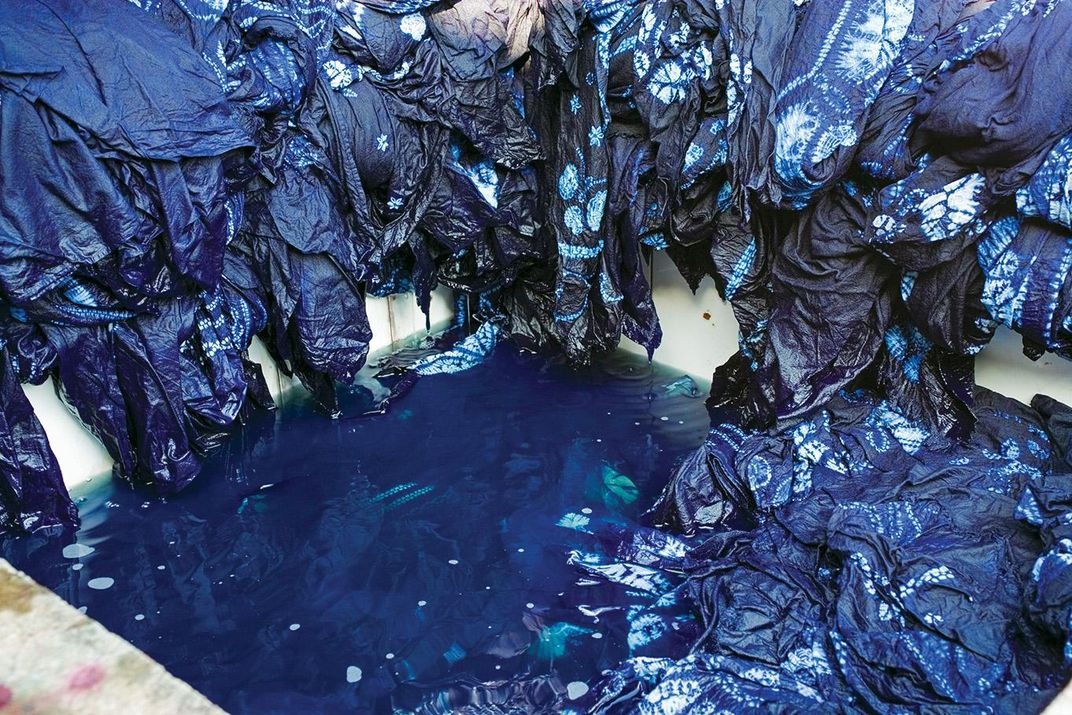
https://www.smithsonianmag.com/arts-culture/denim-political-symbol-1960s-180976241/
And the blue color had a practical advantage—it hid dirt better than lighter fabrics, which mattered when you were working in mines or on ranches all day.
Ring And Open-End Spinning
Ring spinning twists cotton fibers tightly together to create a strong, soft yarn that makes premium denim feel smooth and last longer. Open-end spinning, developed later, uses air to wrap fibers more loosely, creating a coarser texture that's faster and cheaper to produce.
Heritage denim brands typically use ring-spun cotton for its quality, while mass-market jeans often use open-end spinning to keep costs down.
The Birth Of Denim In Nîmes And Genoa
The exact birthplace of denim is still debated, and most historians point to the Mediterranean region. Two cities—Nîmes in France and Genoa in Italy—both played crucial roles in creating the fabric and the terminology we use today.
Serge De Nîmes Origins
In late 17th-century France, weavers in the city of Nîmes tried to replicate a sturdy fabric called "sergé" and accidentally created something new instead. They called their discovery "serge de Nîmes," meaning "twill from Nîmes," which English speakers eventually shortened to "denim."
This accidental fabric turned out to be even more durable than what they'd tried to copy, making it valuable for work clothing and industrial uses.
Genoa Sailors' "Genes"
Around the same time, artisans in the Italian port city of Genoa produced a similar heavy-duty fabric from indigo-dyed cotton and wool. Sailors favored this Genoese fabric for both clothing and ship sails because it held up to constant wear and salt water.
The French called this fabric "bleu de Gênes" (blue of Genoa), which English speakers corrupted into "jeans." By the late 1800s, both terms—denim and jeans—became permanently linked to the same garment.

Rivets And The Levi Strauss Patent That Created Jeans
In 1853, Levi Strauss arrived in San Francisco during the Gold Rush and opened a dry-goods business supplying sturdy fabrics to the frontier. Among his inventory was denim imported from Europe, which he sold to tailors and workers across the region. Later a tailor named Jacob Davis came to him with a problem: pockets kept tearing under intense use. Together they reinforced the stress-points with copper rivets. On 20 May 1873 they received U.S. Patent 139,121 for “Improvement in Fastening Pocket-Openings.” The riveted “waist overalls” became the foundation of what we now call jeans.
From that moment denim moved from generic work cloth to a garment defined by specific design, patent and brand. The rivet innovation gave Strauss a competitive advantage until it expired in 1890, by which time the design had become standard across America.

https://www.hawthornintl.com/history-of-denim
From Gold Mines To Ranch Workwear
Throughout the late 1800s and early 1900s, denim jeans remained firmly associated with manual labor across the American West. The fabric's practical advantages made it the clear choice for workers in demanding occupations.
Miner Durability Needs
Gold miners needed clothing that could last as they crawled through tunnels, knelt on rocky ground, and carried heavy equipment. Denim's tight twill weave and reinforced construction held up better than the wool or cotton canvas alternatives available at the time.
The indigo dye also concealed the dirt and mineral stains that came with mining work, letting miners wear their jeans longer between washes. Wearing denim had little do with fashion but everything with the necessity of having pants that could endure.
Cowboy Adoption
As mining towns evolved into ranching communities, cowboys discovered that denim jeans worked better than traditional wool or "California foxed" pants. The fabric flexed enough for comfortable movement on horseback, yet stayed durable through daily riding, roping, and fence mending.
By the early 1900s, denim jeans had become the unofficial uniform of Western cattle ranchers. And they remained purely functional workwear rather than something you'd wear to town.
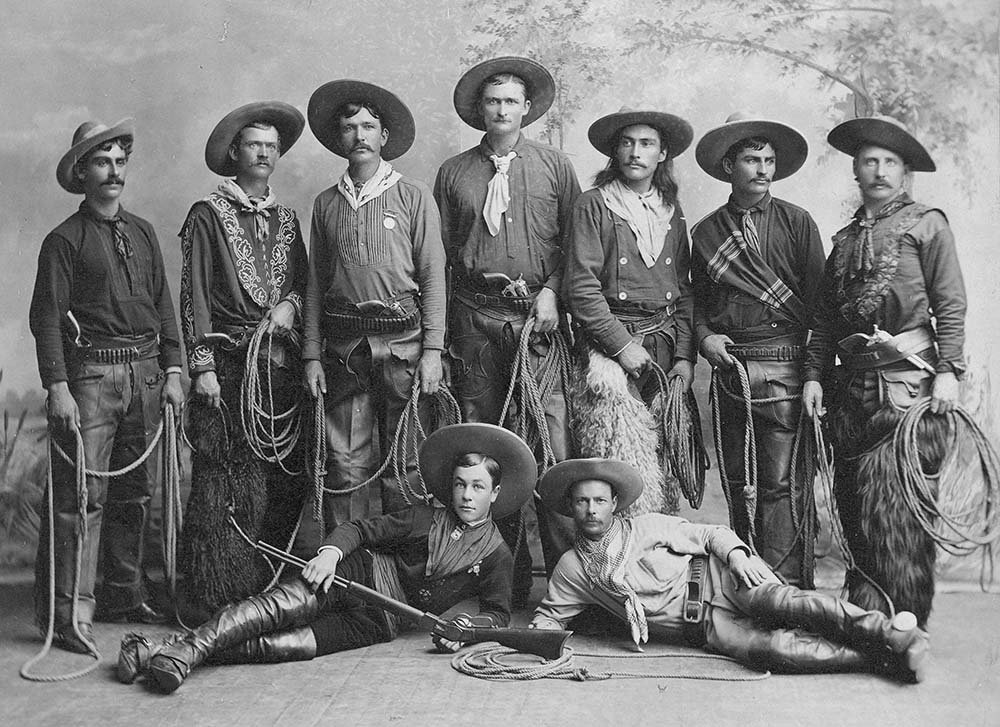
Hollywood Rebels Turn Jeans Into Pop Culture
The transformation of jeans from workwear to fashion began in the 1950s when Hollywood films introduced denim to audiences as a symbol of rebellion. This shift changed everything about how Americans saw jeans and who wore them.
James Dean Influence
James Dean wore jeans as troubled teenager Jim Stark in "Rebel Without a Cause" in 1955, pairing them with a red windbreaker and white t-shirt. The look became instantly iconic, and teenagers across America rushed to copy it.
Dean's early death at 24 cemented his status as a cultural icon, and the jeans he wore became forever linked with youthful defiance and rejection of middle-class values. Suddenly, jeans weren't just for work—they were a statement.

https://www.thefashionisto.com/people/james-dean-style/
Marilyn Monroe Westerns
While male actors made jeans rebellious, female stars like Marilyn Monroe showed that women could wear them too. Monroe appeared in Western films and publicity photos wearing fitted jeans, challenging traditional ideas about women's clothing.
Her styling proved that jeans could be both practical and attractive, opening the door for women to adopt denim as everyday wear rather than just costume pieces.

https://www.instagram.com/p/C2cQ8vPrSv_/?img_index=2
Counter-Culture Movements Shape Denim Symbolism
By the 1960s and 1970s, denim had evolved from a sign of individual rebellion into a uniform of collective identity. Jeans became a shared language for those questioning authority, tradition, and social inequality.
1960s Civil Rights and Protest Fashion
Denim played an unexpected but important role in the civil rights movement. Activists, both Black and white, wore blue jeans and overalls not only because they were practical for marches and sit-ins but also because they represented solidarity with the working class. Historian Tanisha C. Ford notes that denim was functional for the realities of activism and carried the visual weight of garments once worn by enslaved people and sharecroppers. Choosing denim symbolized unity across race, class, and gender, as both men and women could wear the same rugged fabrics.
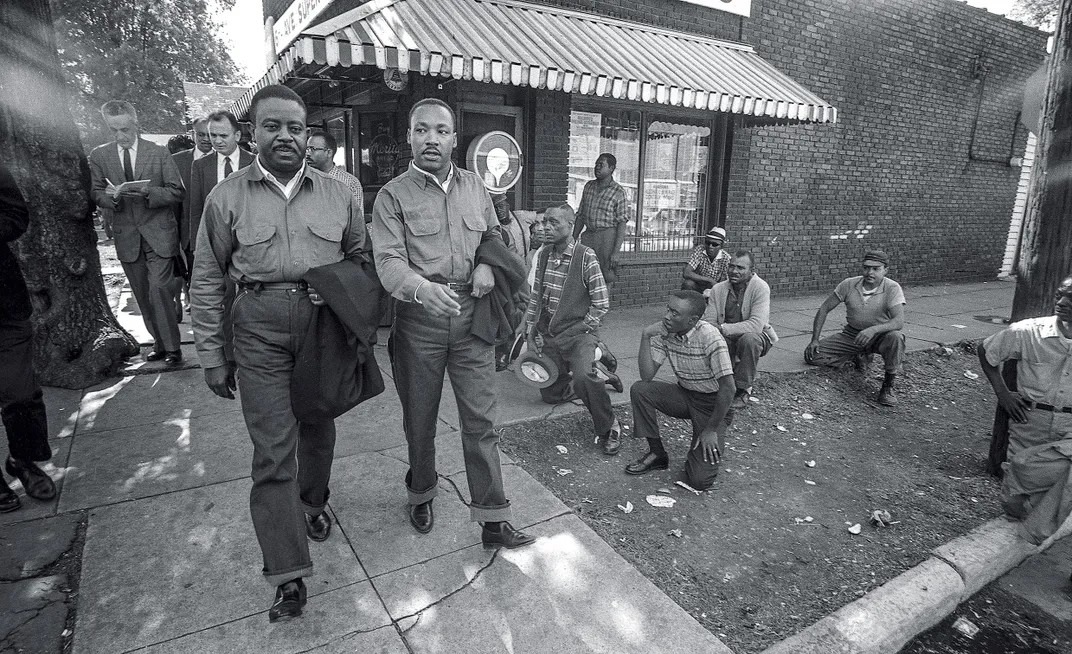
https://www.smithsonianmag.com/arts-culture/denim-political-symbol-1960s-180976241/
In photographs from the 1963 Birmingham protests, leaders such as Martin Luther King Jr. and Ralph Abernathy can be seen marching in jeans. By the 1965 voting-rights demonstrations in Alabama, journalists were already describing a “blue denim uniform” that defined the movement. What began as utilitarian workwear had become an emblem of dignity and defiance.
College students protesting the Vietnam War soon adopted jeans for similar reasons. Wearing denim on campuses that once required formal dress became a quiet act of resistance and an embrace of authenticity. The fabric’s association with honesty and labor made it the ideal garment for rejecting the artificial polish of establishment life.
1970s Punk Customization
Punk rockers transformed jeans into canvases for personal expression, and this involved strategic ripping, safety pins, patches, and hand-painted designs. This DIY approach rejected the idea that clothing had to look new or polished.
The punk movement established that jeans could be individualized and that visible wear patterns told stories about the wearer. Customization became a form of creative rebellion in itself.

https://www.gettyimages.com/photos/sid-vicious-pictures?page=3
Designer Denim Drives The Luxury Boom
The 1980s marked denim's entrance into high fashion as established designers recognized the fabric's cultural appeal and commercial potential. This transition elevated jeans from casual basics to status symbols with premium price tags.
Couture And Premium Branding
Calvin Klein's 1980 advertising campaign featuring Brooke Shields transformed designer jeans into luxury items. Her line "Nothing comes between me and my Calvins" sparked controversy and massive sales.

https://www.stuff.co.nz/life-style/fashion/93931184/brooke-shields-will-return-to-model-for-calvin-klein-37-years-after-controversial-advert
Other designers followed—Armani, Jordache, and Gloria Vanderbilt created fitted, branded jeans that sold for ten times the price of standard Levi's. The key innovation was making the designer's name visible on the outside through prominent back pocket stitching or labels.
Jeans became walking advertisements and status symbols, not just pants.
Stonewash And Acid Wash
Chemical finishing techniques developed in the 1980s let manufacturers create pre-faded, worn-looking jeans without years of natural wear. Stonewashing tumbled jeans with pumice stones to abrade the surface, while acid washing used chlorine to create dramatic, mottled bleach patterns.
- Stonewash: Pumice stones tumbled with jeans to create even, all-over fading
- Acid wash: Chlorine bleach applied for dramatic, mottled patterns
- Pre-distressing: Factory-created rips and tears for instant vintage looks
The finishes expanded denim beyond standard indigo blue, giving designers new ways to create varied looks that appealed to fashion-conscious buyers seeking novelty.
Hip-Hop And Global Streetwear Redefine Fits
The 1990s brought dramatic changes to denim silhouettes, driven largely by hip-hop culture's influence on mainstream fashion. The new fits represented a complete departure from the slim, fitted styles that dominated the previous decade.
Baggy Silhouettes
Hip-hop artists popularized oversized jeans with low rises and wide legs, often worn several sizes too large and sagging below the waist. The aesthetic originated partly from prison culture, where inmates weren't allowed belts, but evolved into a deliberate fashion statement about comfort and street credibility.
Brands like JNCO took the trend to extremes with leg openings measuring up to 50 inches wide. The exaggerated silhouette defined late-90s youth culture and represented a complete rejection of conventional tailoring.
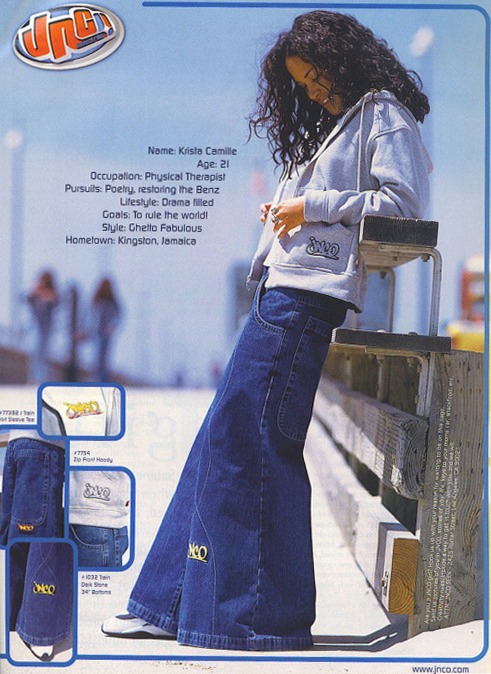
https://www.racked.com/2015/3/25/8285157/jnco-jeans
International Youth Scenes
As hip-hop music spread globally through MTV and emerging internet culture, denim styles diversified across different regions. Japanese youth developed their own denim subcultures, from meticulous raw selvedge enthusiasts to the flamboyant styles of Harajuku.
European designers incorporated denim into high-fashion collections with tailored approaches that differed from American streetwear. Denim trends no longer flowed in one direction from America outward—they evolved through international dialogue between different fashion communities.
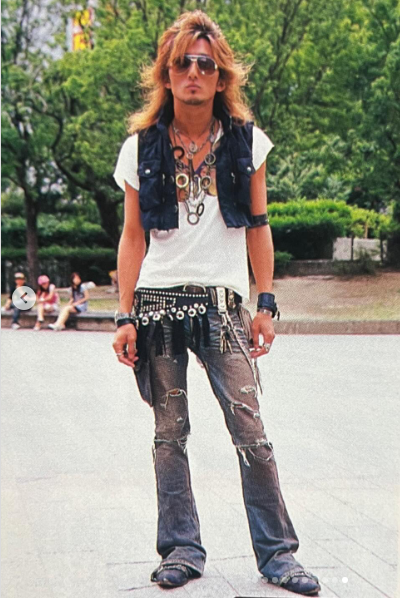
https://www.instagram.com/p/DCK_8phuc8x/?img_index=10
Craft Evolution From Shuttle Looms To Laser Finishing
As denim transitioned from workwear to fashion, manufacturing techniques evolved to meet new aesthetic demands while preserving the fabric's essential characteristics. Innovation expanded what designers could achieve with denim.
Selvedge Revival
Traditional shuttle looms weave denim with a continuous weft thread that creates a self-finished edge—called selvedge—along both sides of the fabric. Most manufacturers abandoned these slower, narrower looms in the 1950s in favor of modern projectile looms that produced wider fabric more efficiently.
And premium denim brands revived shuttle loom production in the 2000s, marketing selvedge denim as artisanal and superior. The clean edge visible when jeans are cuffed became a mark of quality and authenticity.
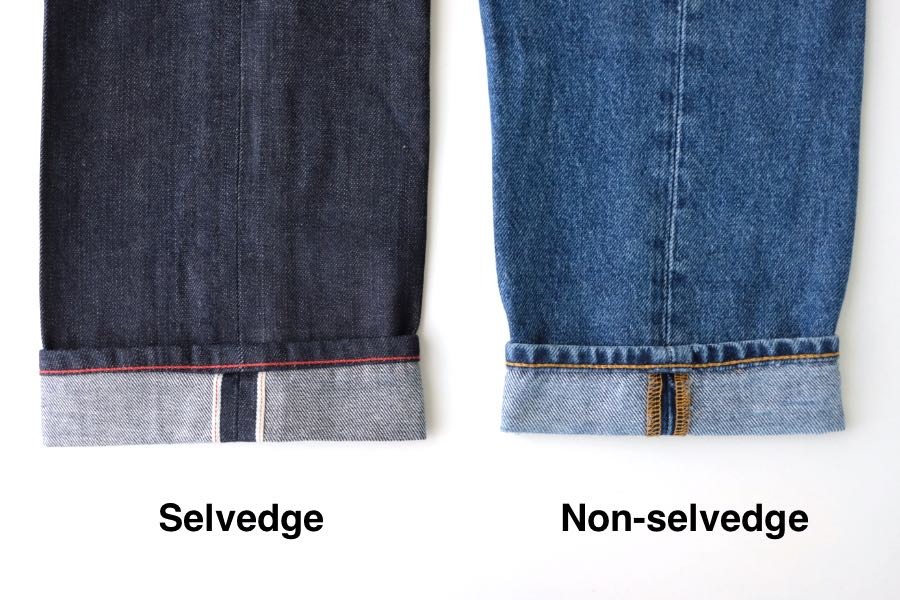
https://www.weargustin.com/blog/jeans-what-is-selvedge-denim
Ozone And Laser Distressing
Modern finishing technologies use ozone gas or computer-controlled lasers to create precise fading patterns and distressed effects without manual labor or harsh chemicals. Ozone bleaching breaks down indigo dye through oxidation, achieving vintage looks while using significantly less water than traditional washing.
Laser technology allows designers to program exact wear patterns—from subtle whiskers to dramatic rips—that replicate identically across thousands of garments. The consistency is impossible to achieve with hand-finishing techniques.
Sustainability And The Circular Future Of Denim
The environmental impact of denim production has become impossible to ignore, with traditional manufacturing consuming enormous quantities of water and chemicals. The industry is responding with innovations that dramatically reduce environmental burdens.
Waterless Dyeing Advances
Conventional indigo dyeing requires thousands of gallons of water per batch, which then becomes contaminated wastewater. New technologies like foam dyeing apply indigo in a foam carrier that uses 95%+ less water.
Other methods use supercritical CO2 as a dye medium instead of water entirely. The processes achieve the same color results while eliminating the water pollution that has made denim production environmentally controversial.
Post-Consumer Recycling
Turning old jeans back into new denim presents technical challenges because the fabric contains multiple fiber types, hardware, and residual dyes. Recent breakthroughs in chemical recycling can break down cotton fibers back to cellulose, which is then respun into yarn that maintains quality comparable to virgin cotton.
Some brands now offer programs where customers return worn jeans to be recycled into new products, creating closed-loop systems that reduce both waste and demand for resource-intensive raw materials, supporting a growing $491.07 million upcycled denim market.
Digital Prototyping Accelerates Modern Denim Design
The design process for denim has traditionally required creating multiple physical samples, each consuming materials, labor, and shipping resources. Digital tools are transforming this workflow while supporting sustainability goals.
3D Sampling To Reduce Waste
Virtual prototyping software lets designers create photorealistic 3D models of jeans, experimenting with different washes, fits, and details without producing physical samples. Digital samples can be shared instantly with global teams, refined through multiple iterations, and even used in marketing materials before a single physical garment is sewn.
The approach eliminates waste associated with sample production while dramatically accelerating the design timeline.
Real-Time Collaboration And AI Advancement
Cloud-based design platforms enable teams across different continents to work simultaneously on the same denim collection, reviewing changes and making decisions without traditional communication delays. Modern platforms like Make the Dot integrate fabric libraries, color research, and AI-enhanced prototyping tools into unified workspaces where designers can move rapidly from inspiration to final specification.
The collaborative efficiency means brands can respond faster to trends while reducing resource waste from miscommunication and revision cycles.
Denim's Enduring Power As A Cultural Icon
More than 150 years after Levi Strauss and Jacob Davis patented their riveted jeans, denim remains one of the few garments that transcends age, geography, and social class, now representing an $86.66 billion market globally. The staying power comes from an unusual combination of practical durability and symbolic flexibility.
Symbol Of Rebellion And Democracy
Denim carries several meanings at once. It represents rugged individualism as much as it represents collective identity. It signals rebellion against authority while also embodying quintessential American values. This dual nature allows many groups to claim jeans as their own, from the teenagers of the 1950s who defied their parents, to the activists of the 1960s who rejected corporate culture, to modern consumers who use denim to express personal style.
The fabric’s link to manual labor gives it an egalitarian character. It suggests authenticity and simplicity, regardless of who wears it or how much it costs.
Cross-Generational Versatility
Baby boomers wore bell-bottoms in the 1970s and continue to wear jeans today, though in updated cuts. Teenagers rediscover denim with every generation, interpreting it in ways that reflect their own time. This cross-generational attraction keeps denim relevant. It does not disappear with each new trend but adapts, remaining a consistent presence in an industry built on change.
%201%20(1).png)
%201.png)
Frequently Asked Questions About Denim History And Evolution
When did skinny jeans reach peak popularity?
Skinny jeans dominated fashion from the mid-2000s through the 2010s; indie rock bands initially popularized the style, and it was quickly adopted across mainstream fashion. The silhouette represented a dramatic shift toward form-fitting styles after decades of looser, baggier fits influenced by hip-hop and grunge aesthetics.
How do raw denim and selvedge denim differ from regular jeans?
Raw denim refers to unwashed, untreated jeans that develop unique fading patterns specific to the wearer's body and activities. Selvedge denim is woven on traditional shuttle looms, creating a clean, finished edge along the fabric.
Both represent premium, artisanal approaches compared to mass-produced alternatives that come pre-washed and distressed from modern projectile looms.
Can denim production ever become fully sustainable?
Current innovations in waterless dyeing, organic cotton farming, and fiber recycling are making denim production increasingly sustainable, though achieving complete environmental neutrality remains challenging, especially considering cotton cultivation accounts for 92% of water consumption in denim production. The industry continues developing closed-loop systems and bio-based materials to minimize ecological impact, with some brands already achieving significant reductions in water use, chemical pollution, and carbon emissions compared to conventional production methods.
Explore The Next Era Of Denim Innovation With Make The Dot
Denim's evolution from Mediterranean workwear to global fashion icon shows how functional design, cultural movements, and manufacturing innovation combine to create lasting style. Shuttle looms gave way to laser finishing and hand-dyeing evolved into waterless processes, and the tools designers use to create denim collections continue advancing in a parallel fashion. Platforms like Make the Dot represent the next chapter in denim's story, helping design teams move from inspiration to prototype with the speed and precision that modern fashion demands while supporting the sustainability goals that define denim's future.



